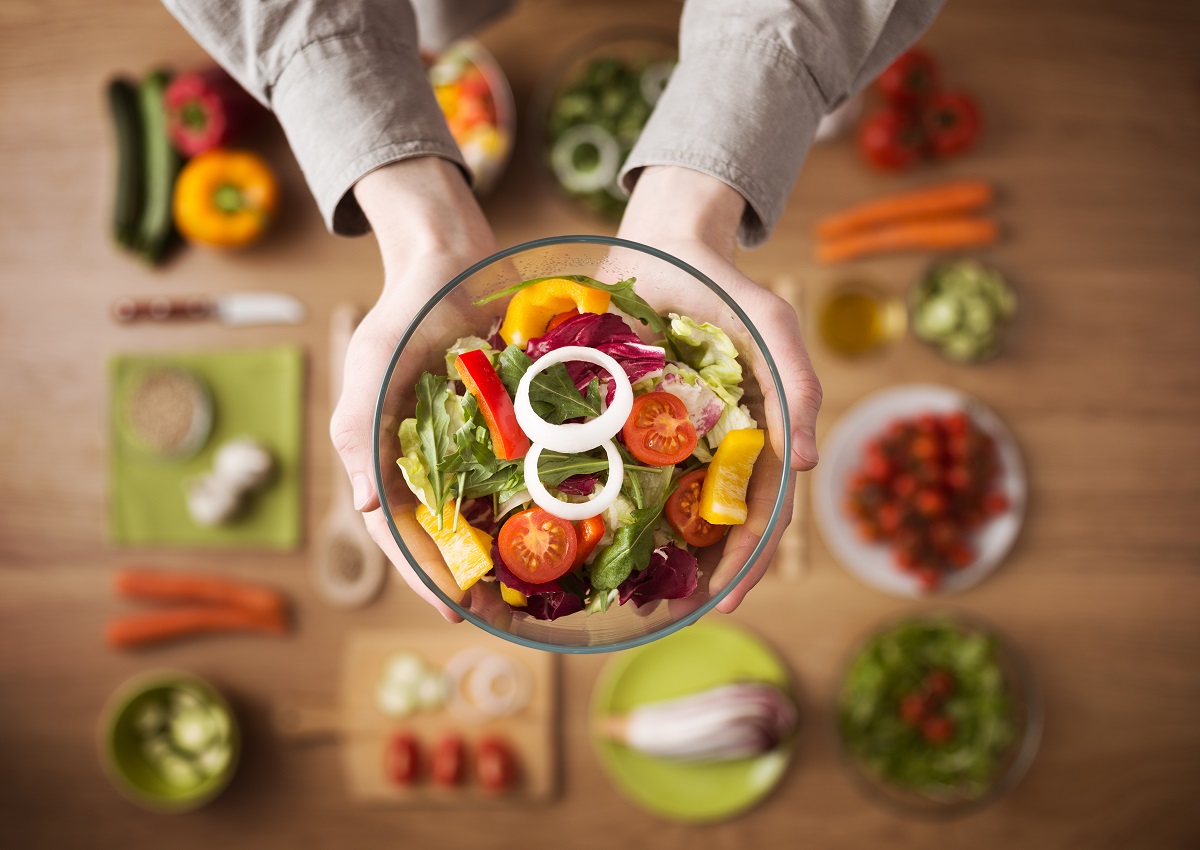Virtual learning, remote work, and social distancing due to COVID-19 restrictions have meant significant shifts in typical family routines. This might also include how you and your family eat. Nutritious food is the proper fuel for both the body and the brain. And this is particularly true for school-aged and younger kids to help support their mental and physical wellbeing.
The Importance of Healthy Eating Especially During a Pandemic
Good nutrition is important now more than ever because of the COVID-19 pandemic when your immune system should be armed to fight back should it need to. But reduced access to fresh and healthy foods, whether in the supermarket or your go-to fresh food franchise down the street, might compromise your opportunity to continue eating a varied and healthy diet.
This could likewise result in increased intake of processed foods that are usually high in salt, sugars, and unhealthy fats. However, even with limited and few ingredients, you can continue feeding your family foods that promote good health.
Easy and Sustainable Guidelines for Healthy Eating
Cooking healthy meals round-the-clock every single day might seem daunting. But taking it one day at a time could definitely help. Consider these guidelines to help keep your family on a healthy eating routine even in a pandemic:
- Try planning out each meal and snack before heading out to buy your food supplies. This will help limit your trips and ensure that you get all the ingredients you need to cook healthy meals.
- Whenever possible, gather all family members to set up and discuss specific times for household tasks and to-do’s, which include eating times, physical activity time, free time, bedtime, work time, and school time.
- Make healthy snacks, like fruits, vegetable sticks, nuts, cheeses, and yogurt, readily available. Place them where your kids can see them.

- Strategize your use of food supplies. Mainly, make sure to prioritize fresh foods over those that have a longer shelf life to avoid food waste.
- Involve everyone, including toddlers, in planning, prepping, and cooking meals. Giving them simple tasks such as measuring ingredients, reading recipes, and learning about the different veggies and fruits is a sneaky and enjoyable way to learn science, math, and reading.
- If fresh veggies and fruits are hard to come by, opt for the frozen versions. These have comparable nutrient profiles to their fresh counterparts.
- Serve water or milk, and avoid sodas and sugary beverages. If your kids drink juice, make sure that it’s 100% pure fruit.
- Look up healthy recipes and watch cooking videos online with your kids. This way, they’ll be more inclined to be excited about preparing meals with you.
- Try to have your kids play at least an hour a day of active play every day. Make sure to feed them healthy proteins after active play and that they drink water regularly.
Your family’s eating situation will probably be different from the start of the year, pre-COVID-19, but your eating choices could significantly affect your overall health. By prioritizing nutrition, you’ll help make sure that all of your immune systems will be ready for anything.

